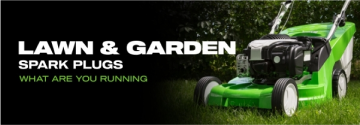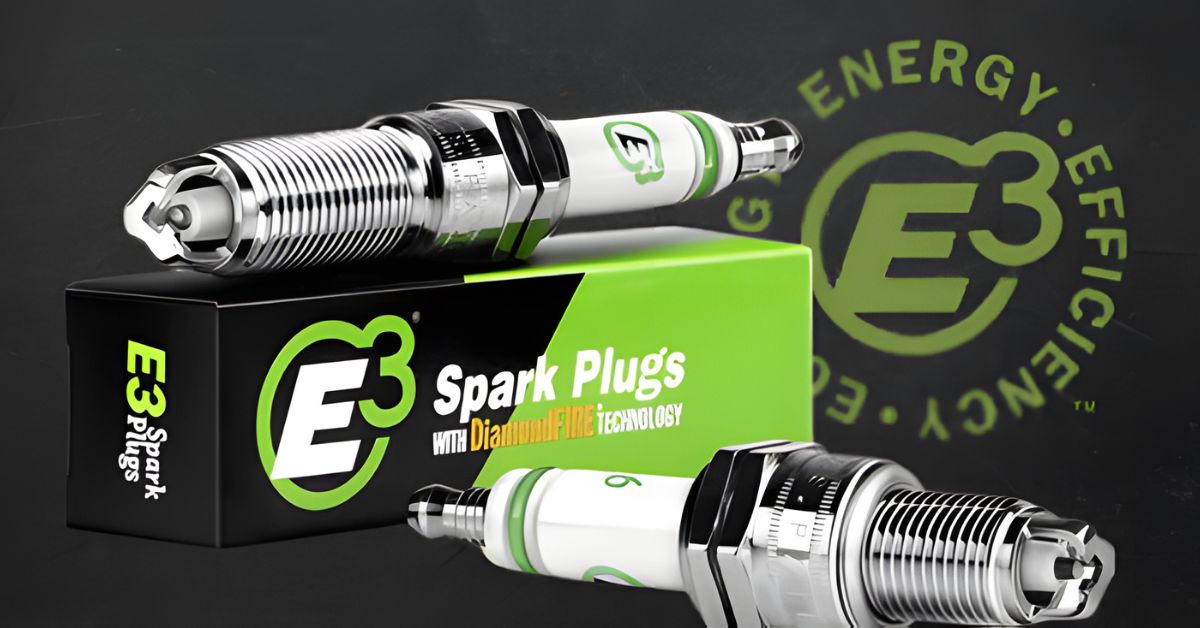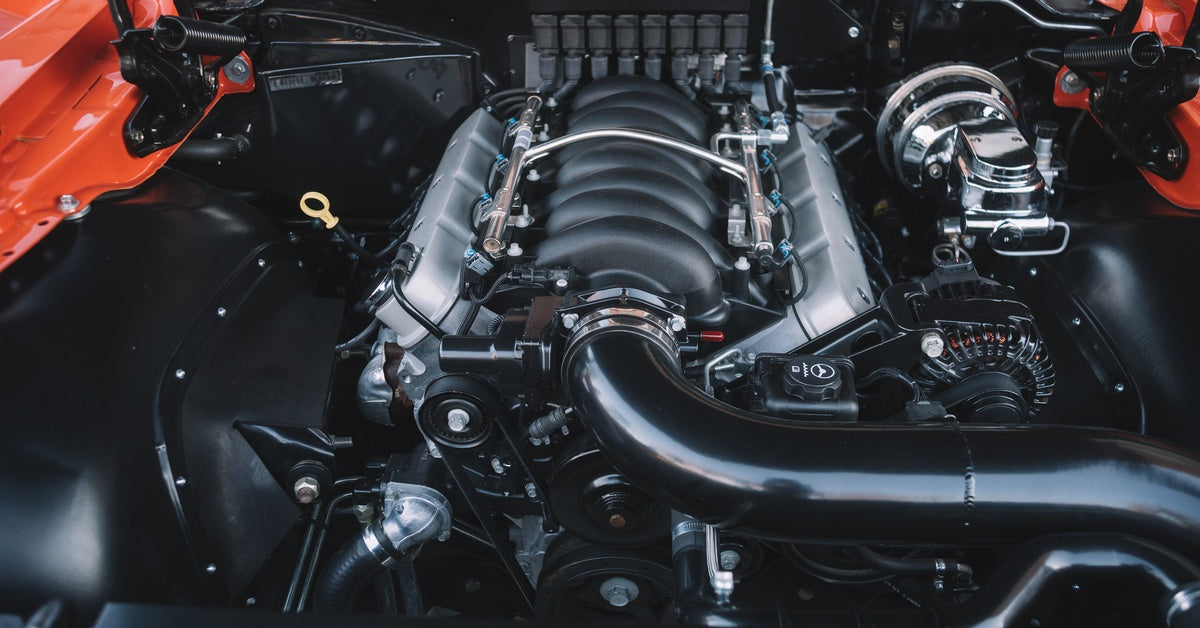
Your vehicle's performance relies heavily on the spark plug, and not all are built alike. Heat range is a critical factor, influencing how well your engine functions under different conditions. From smooth daily drives to high-performance racing, matching the right heat range to your engine is essential.
This article explores what a spark plug heat range is, why it matters, and how to choose the appropriate range for your engine type. Along the way, we’ll provide examples and insights to help your understanding.
What Is Spark Plug Heat Range?
Heat range in spark plugs refers to their ability to shed heat from the combustion process. Simply put, this metric dictates whether a spark plug operates “hot” or “cold,” influencing engine performance and reliability.
- Hot spark plugs have a longer insulator nose, which retains more heat. Low-speed or low-temperature engines found in lawnmowers and jet skis primarily use them.
- Cold spark plugs have a shorter insulator nose, allowing heat to dissipate more quickly. They are critical for high-performance engines, such as racing cars or high-compression motorcycles.
The heat range doesn’t affect the ignition of your engine, but rather helps to optimize the spark plug’s operating temperature. This balance is crucial; if it runs too hot, it can cause pre-ignition and engine knock, while one that runs too cold can lead to fouling and misfires.
Why Heat Range Matters

For engines to perform optimally, spark plugs must maintain an appropriate thermal balance. They must stay warm enough to clear carbon buildup, but not so much that they overheat.
- Engine longevity: Selecting the correct heat range reduces the risk of preignition or carbon fouling; both can damage the engine.
- Fuel efficiency: The right plug heat range helps your engine burn fuel more effectively, improving mileage and reducing emissions.
- Performance optimization: High-performance vehicles require spark plugs capable of handling greater thermal loads—underscoring the importance of matching the plug to the engine's specific requirements.
The proper heat range prevents issues like poor acceleration, engine misfires, and serious mechanical failures, helping your engine run efficiently.
Factors To Consider When Choosing a Spark Plug Heat Range
Selecting the right heat range doesn’t have a one-size-fits-all answer—it depends on several factors, such as:
- Engine type: High performance engines in racing cars typically require cold spark plugs to manage high combustion temperatures. Small engines, like those in ATVs or lawn equipment, often use hot spark plugs that maintain higher operating temperatures for efficient combustion.
- Usage and environment: Engines used in cold climates might perform better with a hotter plug to reach optimal temperatures. Engines frequently operating under high load—such as in motorsport or towing—benefit from colder plugs to prevent overheating.
- Modifications: More powerful heat-intensive modified engines often benefit from colder spark plugs, rather than those used in stock configurations.
- Fuel type: Natural gas engines, for instance, often require spark plugs with different heat ranges due to differences in combustion characteristics.
- Manufacturer recommendations: Always consult the manufacturer’s guidelines or work with a trusted supplier like E3 Spark Plugs.
At E3 Spark Plugs, we use advanced technologies like our DiamondFIRE electrode design to improve combustion efficiency. Whether it’s for your daily driver or a race car, our spark plugs are built to deliver reliable performance every time.
Identifying Your Engine’s Needs

If you're unsure about selecting the correct spark plug heat range, follow these steps:
1. Consult Your Manual
Your engine’s owner’s manual is a valuable resource for identifying the manufacturer’s recommended heat range. Begin here to ensure you’re working with baseline guidance tailored to the engine's specific design.
2. Evaluate Engine Performance
Notice signs like poor acceleration, excessive deposits, or knocking. These are often indicators of a mismatch between the spark plug and the engine requirements.
3. Adjust for Environmental and Operational Conditions
Consider external factors, such as climate, altitude, or how intensely you use the engine. For instance:
- Racing in high temperatures? Go for a colder plug to prevent overheating.
- Starting a snowblower in freezing conditions? A hotter spark plug provides reliable performance.
4. Test and Monitor
If you’re experimenting with aftermarket modifications or non-standard fuel mixtures, it’s wise to start with the recommended range and gradually adapt to colder or hotter plugs based on performance feedback.
5. Seek Expert Guidance
Brands like E3 Spark Plugs offer customer support and technical guidance to help you select the right spark plug for your vehicle. Our wide range of spark plugs caters to applications as diverse as powersports, motorcycles, and industrial engines—all with an emphasis on durability.
Common Misconceptions
Misunderstanding this concept often leads to poor choices, damaging engines in the long run. Let’s debunk a few misconceptions.
- “All spark plugs are the same.” Different engine types require specific designs and heat ranges tailored to their requirements, so this is false.
- “Colder/hotter always means better.” Using a plug that’s too cold or hot won’t improve performance. Instead, it can cause complications like fouling or preignition. Balance is the goal here.
- “Modified engines always require custom spark plugs.” While modified engines often need adjustments, starting with the manufacturer's recommended range and testing gradually is usually sufficient.
Why E3 Spark Plugs Are an Excellent Choice
When it comes to understanding spark plug heat range for different engines, quality matters. At E3 Spark Plugs, we’ve designed our products with technologies like the DiamondFIRE electrode to improve ignition efficiency and heat dissipation. Our unique choices offer better combustion and help maintain the ideal temperature for diverse engine types.
Whether you’re upgrading your car’s spark plugs or maintaining your lawnmower, we build our products to be the best they can be for efficiency and reliability.
Optimize Your Engine
The next time you assess your engine’s condition, understand how integral the right spark plug heat range is to optimal performance. When you match the spark plug to your engine’s specifics—whether it’s a high-speed race car or a weekend jet ski—you’ll notice how responsive it is.
For a trusted solution, consider E3 Spark Plugs. Our designs allow you to get the most out of every engine. Check out our catalog to find the perfect match for your needs.







